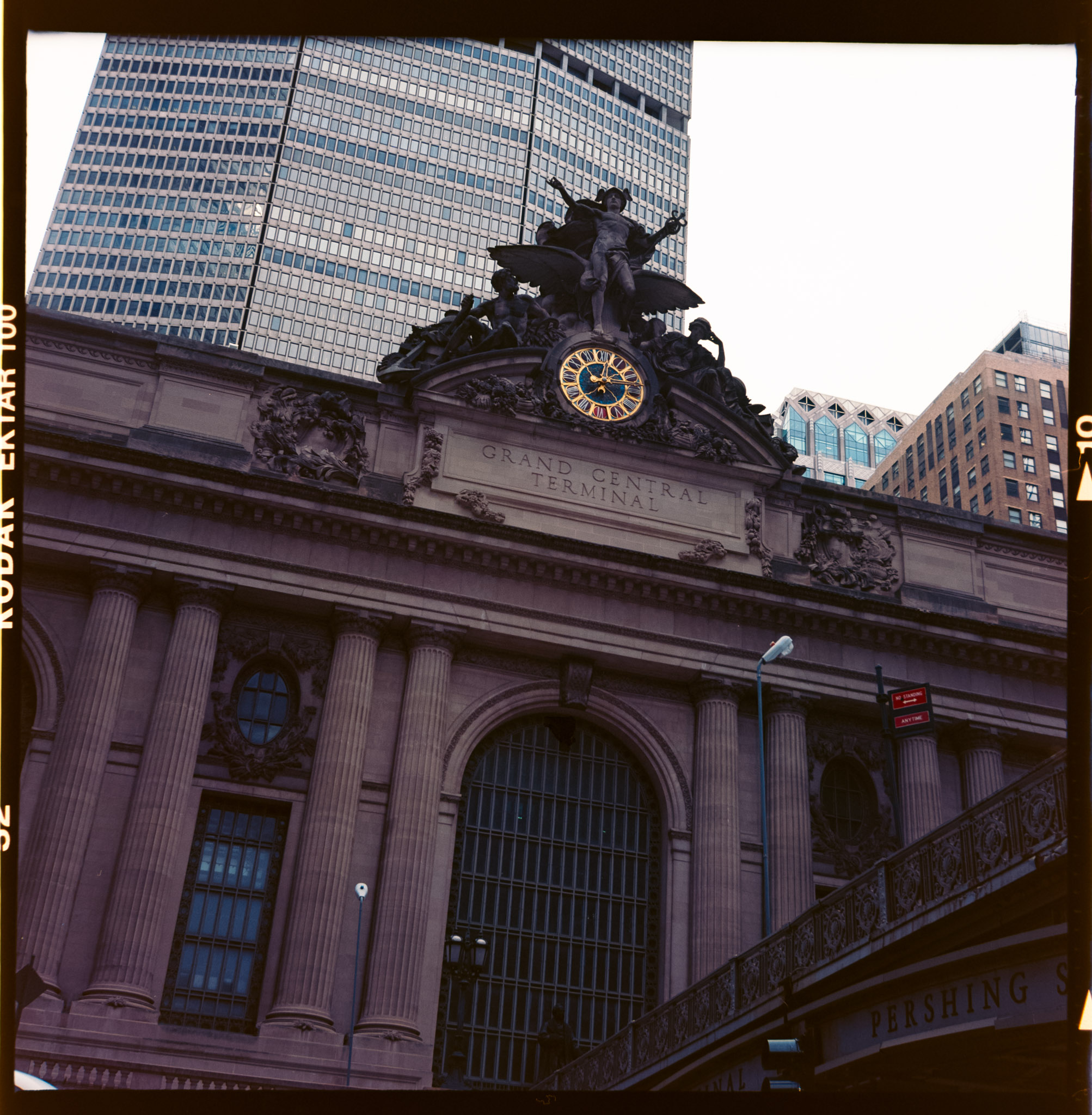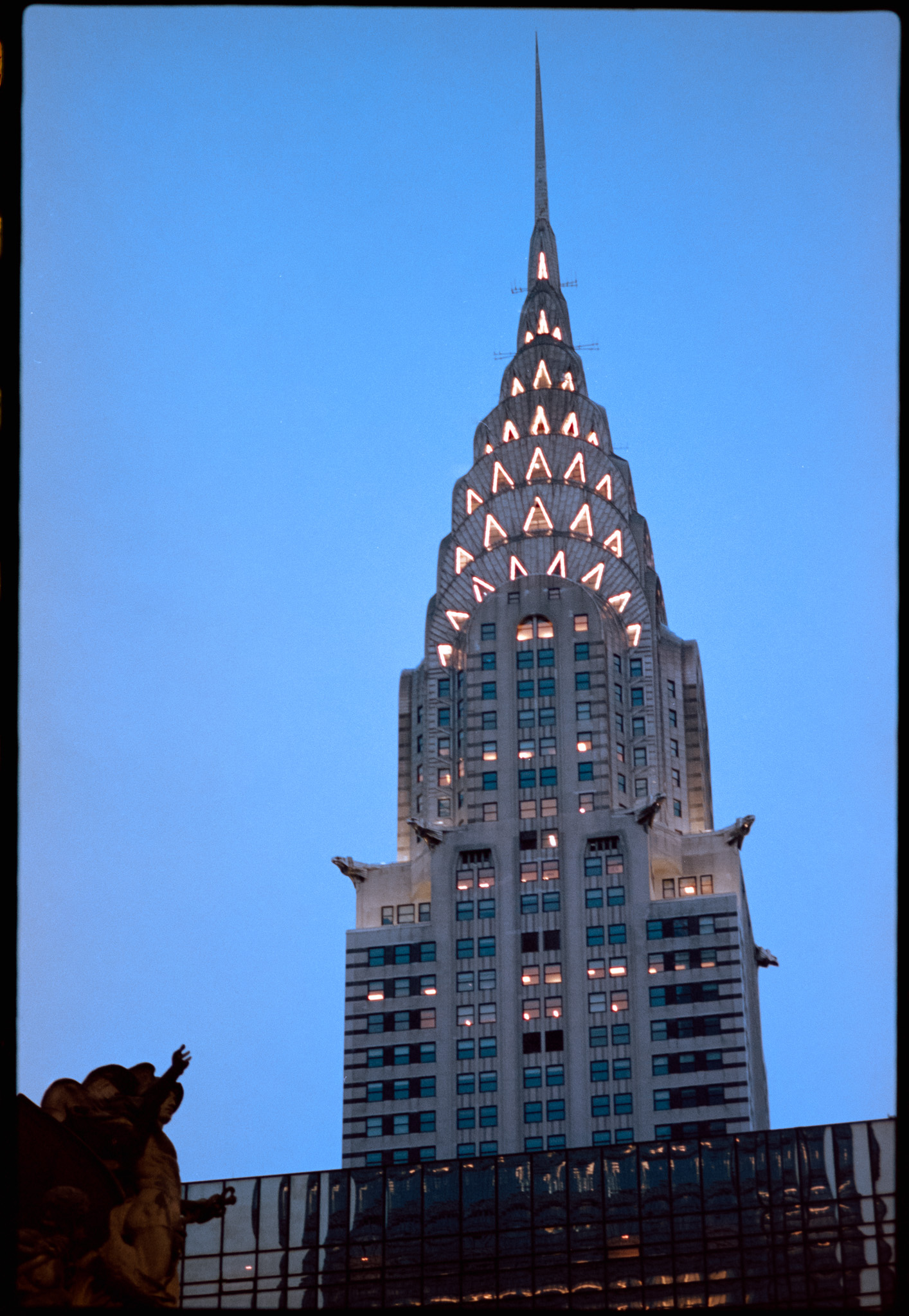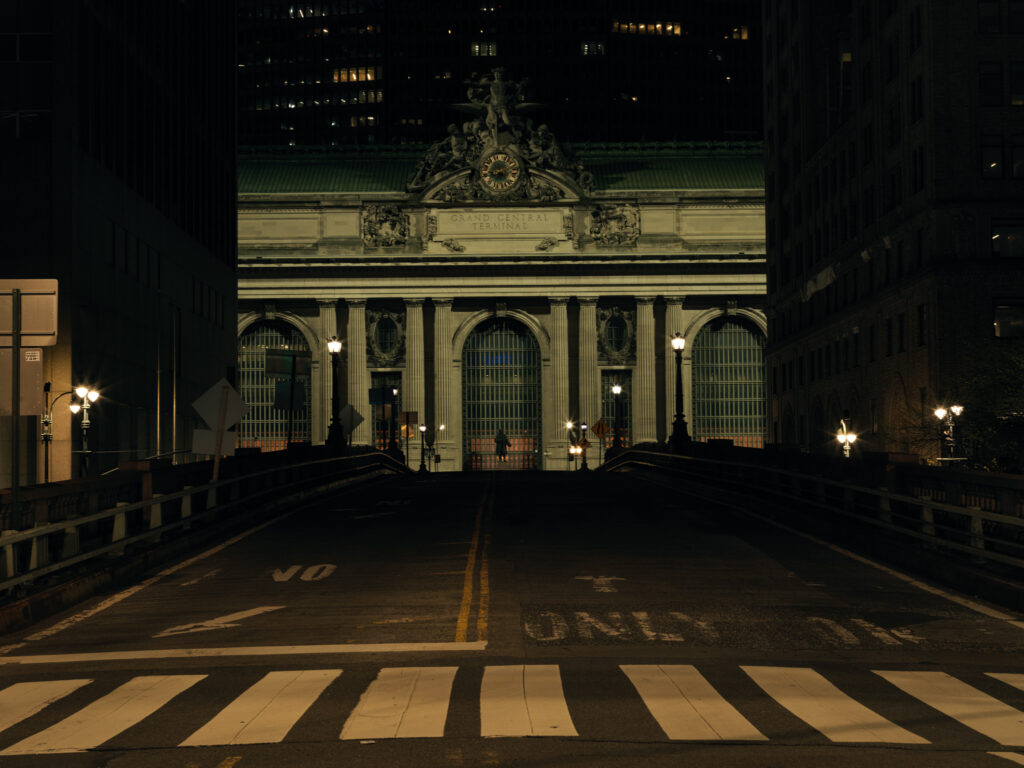

At the start of the new year, societally, I always get this vague sense of a monumentality or opportunity for great change. Many folks make resolutions and reset their intentions for personal or professional growth. Time moves a little slower for building facades than for us humans, but intentions and resolutions can still apply. Much like fashion or music, even building facades have trends and movements. They just can’t really respond or adapt as fast as us. In light of the new year, we’re going to look forward by looking back at arguably the greatest shift in architectural history.
We design and engineer based on past experience, with anticipation of what the future may bring. This can mean anticipating change, which can include change of use, layout, climate, etc.
In the past, we made facades based on what was en vogue and whatever building materials we had. Modern building materials came about through industrial processes that allowed us to build taller, wider, and stronger (quite like that Daft Punk song): cast iron, glass, steel, and concrete with steel rebar are just some examples that enabled buildings to reach unprecedented heights and previously unimagined use. And, the buildings were incredibly ornate; examples specific to New York City would be the Flatiron Building, Grand Central Terminal, and New York Public Library. The visual texture created by all sorts of elements and materials are inspiring, including motifs of mythology and representations of fauna and flora.
But, the continued advance of technology also ushered in the architectural Modernist movement, which embodied a shift in aesthetic, away from this ornamentation, which had been associated with wealth power status. The shift was driven by the adage form follows function. Away with the ornamentation! No more statues or decorative reliefs of cherubs or lions or clusters of grapes. It was a bad day for terracotta which had been responsible for enabling such ornate decorative reliefs on the faces of buildings. Concrete for its incredible strength (bolstered by steel rods called rebar) would live to fight another day. Note, concrete is great in compression but horrible in tension. Much like a cake, if you have a plate under it, you can top with all sorts of toppings and maybe even add another cake to make a multi-tiered cake. However, much like a cake, if you try to only support it on two ends, it will crumple. The steel rebar bends and helps counter the crumpling effect.
There are some New York Modernist architectural examples that are more austere than others, but the ones I find myself gravitating towards are specific ones that celebrate concrete, metal, and glass with flair. TWA Flight Center designed by Eero Saarinen, is an excellent example of smooth concrete, abstract and inspirational geometric form, and daylighting coming through glazing. It was recently renovated to be a glamorous retro escape, complete with fine dining and hotel. An example of Late Modernism, the Ford Foundation, by Kevin Roche and Dinkeloo, who took over Saarinen’s firm upon his passing, features an absolutely gorgeous atrium and impressive concrete, steel, and glass facade. A pinnacle of the International Style of Modernism is One Chase Manhattan Plaza by SOM architect Gordon Bunshaft and it includes the sculptor Isamu Noguchi’s Sunken Plaza, a serene space that incorporates Uji River basalt; and Jean Dubuffet’s Group of Four Trees. All of these buildings have undergone extensive renovations, and the path leading to raising funds for said work was a bumpy one, including conversations of complete demolition.

You see, what we didn’t know then is that some of those ornate features (cornices, sills, ledges, lintels) had a function. Those elements would jut out from the face of the facade and help promote water to move off and wick away from the building to prevent leaks. The most common way major leaks happened in the past were through windows, doors, and openings, which were essentially jumbo holes in the facade.
We know now that our assumption that the ornate was completely functionless was incorrect. We were a bit too fast to eliminate window sills and headers. (Maybe we could have even kept a cherub for fun?) Maybe our resolution as an industry to push for the new, innovative, and cutting edge was a little premature? I’d argue that until you take the plunge you really can’t know. What is science in the first place without inquiry? As an industry, we’ve even embraced and modernized terracotta (what a comeback!).
The fact is building facade lifespans weren’t really given too much thought back in the day. It was always a product of what is trendy? And what materials can we use?
But, now we know how geometry and material are integral to facade performance. We also now think of them over a 50 year lifespan. With maintenance and better materials, we can extend that lifespan to 75 years, 100 years, or even more. These decisions cost money upfront, and both maintenance and money through the years to come.
Speaking of lifespans, sometimes we employ the analogy that buildings are kind of like human bodies. Our skeleton is the structure, our skin is the facade, our internal organs and systems are the mechanical, electrical and plumbing systems. We generally take care of our bodies because it feels good, and generally we would like to extend our lifespans. This approach helps explain concepts to inspire and empower anyone and everyone to get invested and maintain buildings, and to advocate for the maintenance of the facade!

So, as we face this new year together, building facades and I would love you to remember as we shift or renew our intentions and maybe even embark on a trend or movement, be sure to make space for learning. We are quicker to respond and adapt than buildings, so curb that enthusiasm that inevitably sets us up for disaster and instead reserve a bit to keep an eye out for how shifts affect you and make you feel.
LOCATIONS: shorturl.at/adMW4

